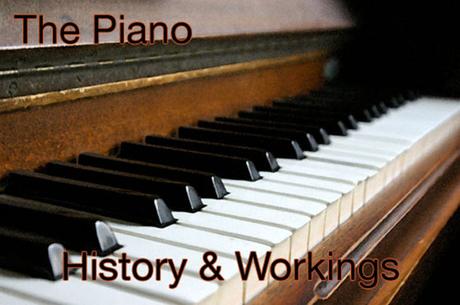
PIANOFORTE
The pianoforte – usually called the piano for short – was invented in 1698 by an Italian named Bartolomeo Cristofori. He called it gravicembalo col piano e forte – ‘a harpsichord with soft and loud’. But whereas in a harpsichord the strings were plucked, in Cristofori’s instrument they were struck by hammers – lightly or more forcefully, according to the amount of pressure made by the player’s fingers upon the keys.
EXPRESSION AND CONTRAST
This was to give the piano considerable powers of expression, and offer exciting possibilities. Not only might a pianist make sudden contrasts between soft and loud, he could also control all the various shades of tone and volume in between. Sounds could be made to grow gradually louder, or gradually softer, and further contrasts might be made between legato (smooth and sustained) and staccato (crisp and detached). A player might shape an expressive melody in cantabile(‘singing’) style with his right hand, against a quieter accompaniment with his left hand.
MODERN PIANO
The modern piano has a range of up to seven-and-a-quarter octaves – greater than that of any other instrument except the organ. The strings of the piano are stretched across an iron frame. Behind this frame is a soundboard which increases the volume of the sounds and enriches its tone-quality. Bass notes on the piano have a single string each, notes in the tenor range have two, and remaining notes have three strings each. The pitches of the various notes depend upon the length, the thickness, and tension (or tightness) of the strings.
MECHANICS
When a key on the piano is pressed down its sets in motion a very complicated mechanism which results in a felt-covered hammer hitting the string or strings belonging to that note. As soon as the key is released a felt-covered damper, lifted before the impact of the hammer, now falls back so that the strings are damped and their sound immediately silenced.
PEDALS
The piano has two pedals. The one on the right, called the sustaining pedal, causes all the dampers to be lifted, allowing any strings which are struck to vibrate freely until the pedal is released. If the pianist depresses the pedal on the left, called the soft pedal, a softer, more muted sound is produced. In an ‘upright’ piano this may be affected by a later of felt coming between the hammers and the strings, or a single string instead of two, thereby producing less volume.
